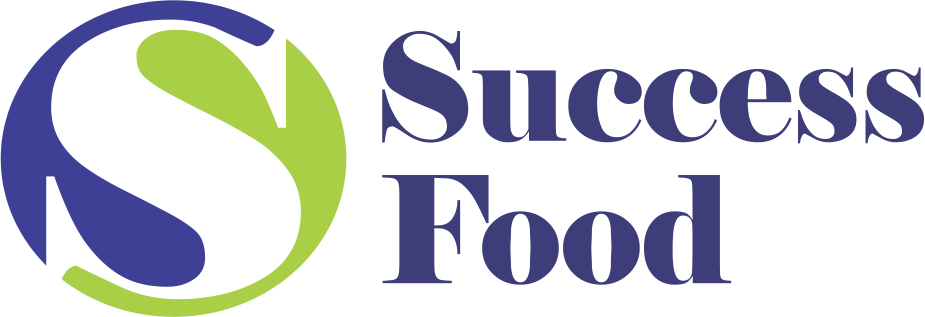More millennials are switching to pay day loans and pawn shops for essential money — techniques that will offer immediate relief, but usually end in deeper debt.
That’s based on a brand new research on millennials and economic literacy because of the worldwide Financial Literacy Excellence Center at George Washington University. The research shows simply how much millennials have a problem with individual finance: of these surveyed, 42 % had utilized an alternate financial solution, a broad term that features car name loans, income tax reimbursement advances and rent-to-own services and products, into the 5 years ahead of https://title-max.com/payday-loans-mo/ the research. Payday advances and pawnshops led record with 34 per cent of participants reporting having utilized them.
Shannon Schuyler, a business duty frontrunner of PricewaterhouseCoopers, which sponsored the report, explained that though some findings into the research, just like the abuse of credit cards, had been understandable and maybe also expected, “it ended up being harder to actually comprehend the elevated increase in such things as pay day loans and pawn shop use.”
Often, such services offer a simple, “short-term” fix to people who wouldn’t otherwise be capable of geting conventional credit. However the loans from all of these solutions have a catch — frequently in the shape of extraordinarily interest that is high.
Earlier in the day this PBS NewsHour covered the debt trap of payday loans in South Dakota, where there’s no cap on interest rates month. Here, the yearly rates of interest on pay day loans come in the triple digits, therefore the industry charges a typical of 574 per cent. (To put that in viewpoint, the typical interest that is annual for bank cards is just about 15 percent.) In the event that you took away a $100 loan that is payday Southern Dakota, but made no re payments, you’d wind up owing $674 in per year. Struggling to pay back such financing, many debtors sign up for another loan to cover the initial, and so forth. That’s whenever a short-term fix can toss you into a long-term financial obligation spiral, causing also greater fees as compared to initial loan quantity.
Such alternate monetary services have long riddled the storefronts of poorer communities, preying regarding the bad. Nevertheless now, it is perhaps perhaps not simply low-income millennials whom are looking at alternate economic solutions; middle-class, college-educated millennials are also.
Why tend to be more millennials across socioeconomic lines switching to pay day loans, pawn stores and stuff like that?
One description is too little economic literacy. Based on the research, merely a 24 per cent of millennials prove fundamental knowledge that is financial the capacity to do calculations pertaining to rates of interest and show a knowledge of danger diversification, interest re payments on home financing plus the relationship between rates of interest and relationship rates.
Economic literacy classes in twelfth grade and even early in the day, Schuyler shows, could possibly be helpful. At this time, only 17 states require pupils simply just just take classes in individual finance.
Another element is desperation. In line with the research, numerous if you don’t most millennials don’t have savings to fall back on. Almost 50 per cent stated they’dn’t manage to show up with $2,000 when they required it within the next thirty days. (That’s not merely a millennial thing: a Federal Reserve research revealed just 53 per cent of adult participants thought they are able to protect a hypothetical crisis expense costing $400 without selling something or borrowing money.)
“once you head to a pawn store, you will need to simply take that item in instantly, since you need that cash that ” Schuyler said day.
Helaine Olen, co-author of “The Index Card: Why private Finance Doesn’t Have to Be Complicated,” noticed that the survey failed to ask why millennials are looking at alternate monetary solutions, but noted that education loan debt likely plays a big role.
In 2013, 7 in 10 graduates of general public and nonprofit colleges had student-loan debt averaging $28,400 per debtor. Crushed by student education loans, millennials are facing increasing rents and stagnant wages too.
“They’re to arrive with massive education loan debt, they’re having a time that is horrific a foothold at work and beginning salaries aren’t what they when were,” stated Olen. “So you’re likely to do more with less? Just just exactly How precisely does that ongoing work?”
David Weliver, creator associated with the cash Under 30 web site, echoed sentiment that is olen’s. “Even in the event that you don’t have student loan debt, you’re nevertheless contending for less well-paying jobs, additionally the cost of every thing, with the exception of fuel, is certainly going up.”
Plus, Weliver said, a great deal of millennials don’t have actually credit yet. “A great deal of men and women had been inside their very early 20s and in university through the Great Recession and thought they were being smart by avoiding credit.” But lacking a solitary student loan re payment may have a much greater effect on your credit history when you’ve got small credit rating, Weliver stated. Without any or dismal credit history, payday advances and pawn stores may seem like an appealing alternative.
“What I would personally want to understand is exactly how many of these attempted sources that are traditional got rejected,” Olen included.
So what should a economically struggling millennial do?
“Put yourself through a year or two of hustle,” Weliver advised. Obtain a 2nd work, do freelancing, offer stuff on e-bay. “Not everyone else can perform it, but it. whenever you can, consider”
Olen shows three steps for millennials who would like to obtain funds if you wish.
- Pay your debt — down at the least, your high-interest financial obligation.
- Save yourself an emergency fund up addressing at the very least 3 months of necessary costs, including meals and housing.
- Begin saving for retirement.

Recent Comments